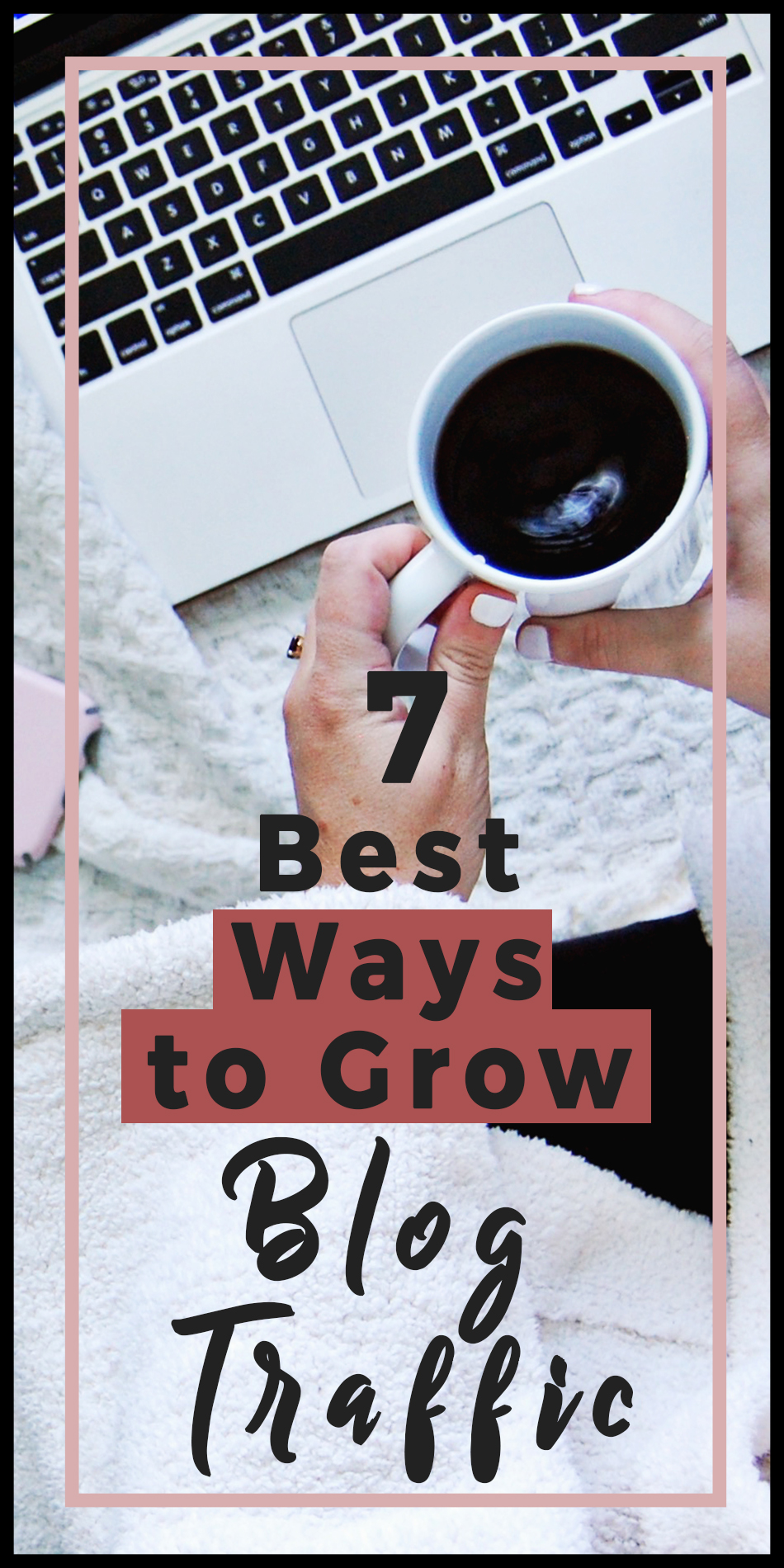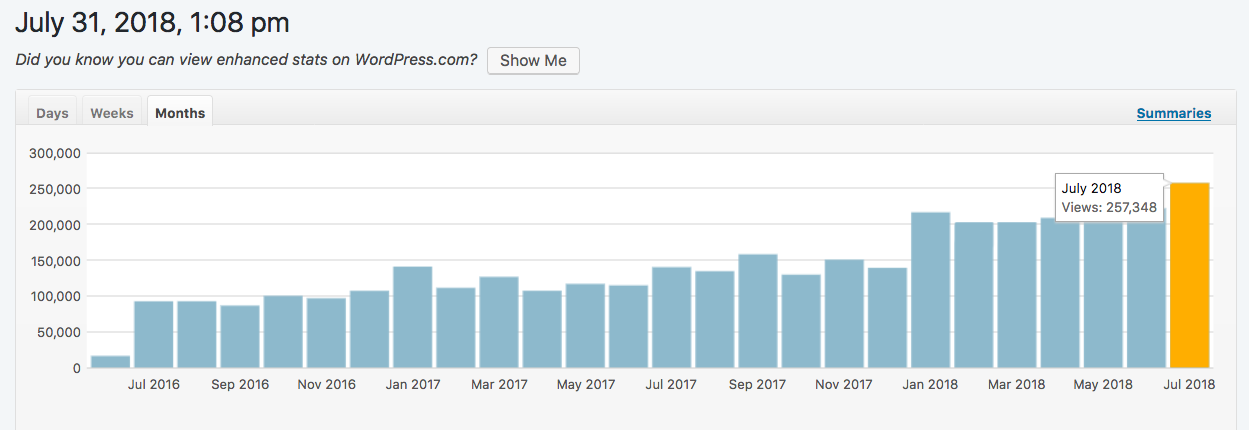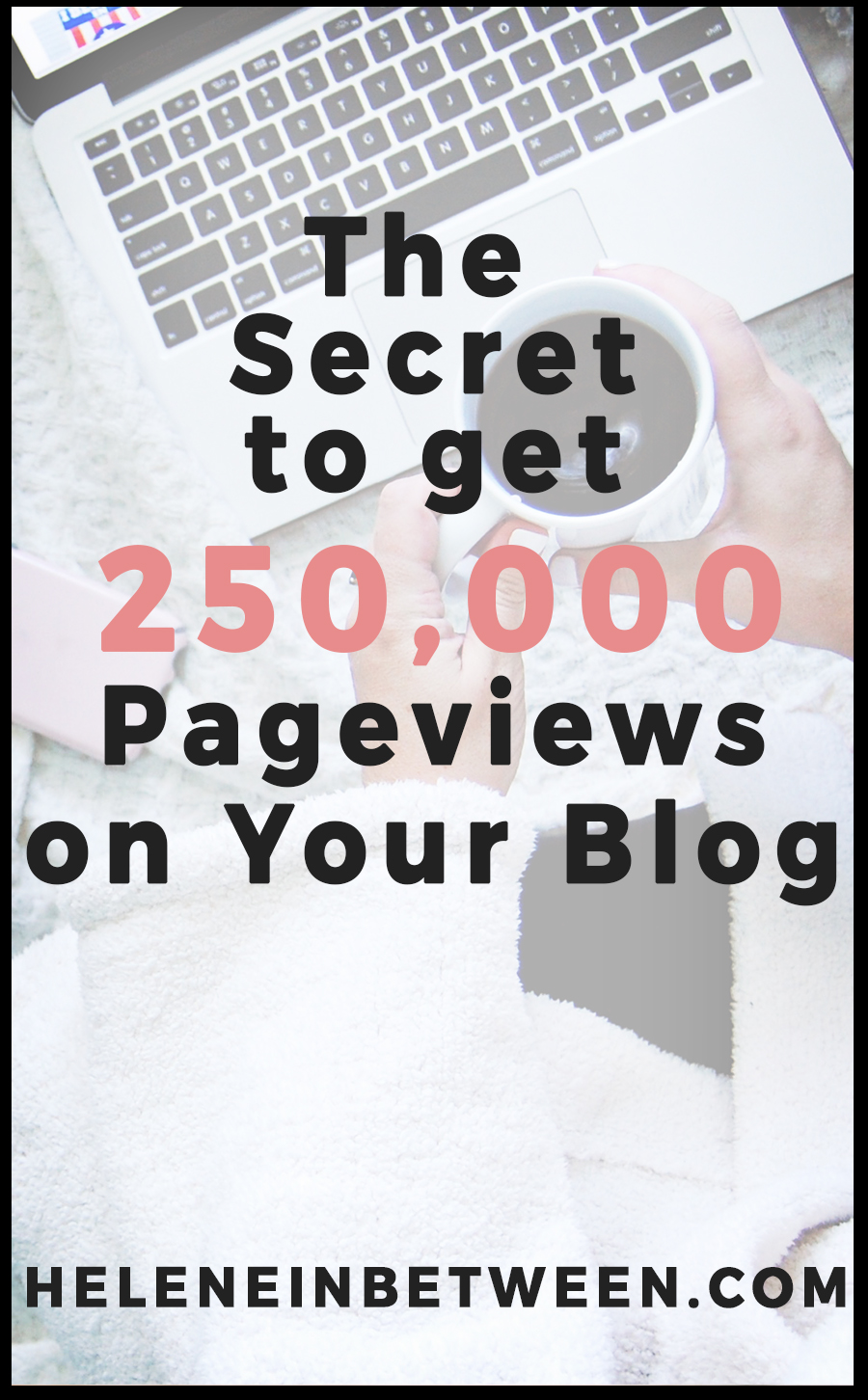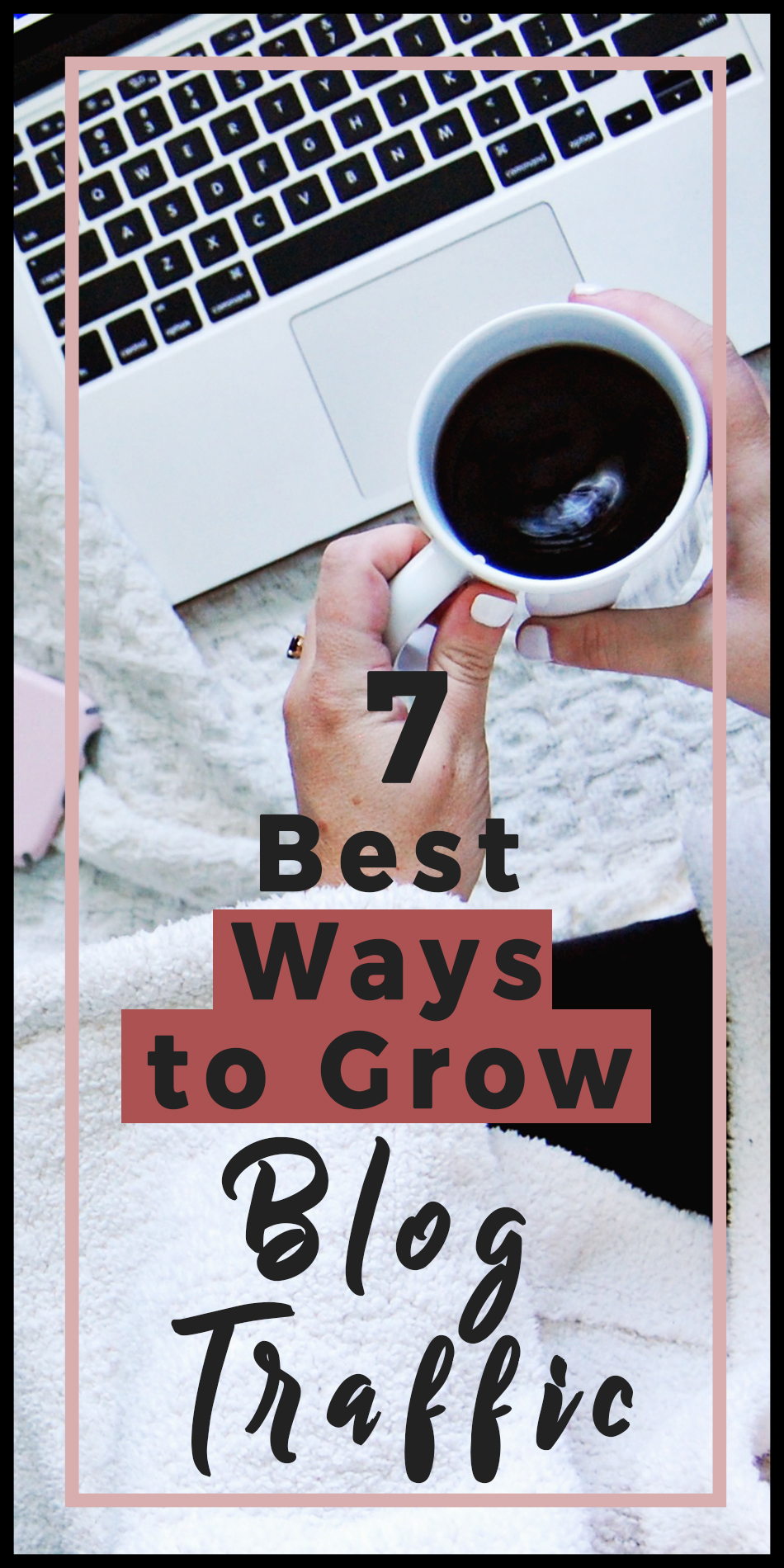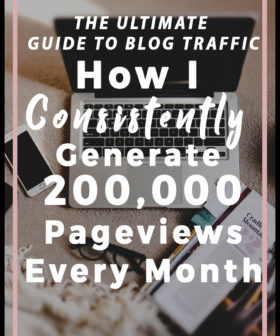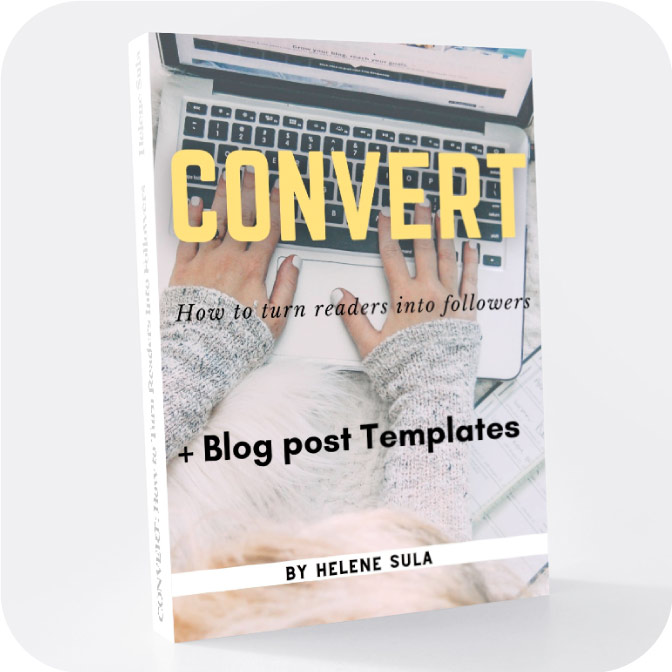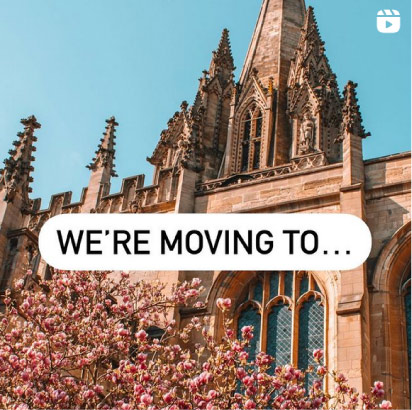[disclosure]
This month I clutched 250,000 pageviews. I'm thrilled, but looking at just a few years back it's crazy how far my blog has come. We all start at 0 and we all have the power to catapult our blogs to help reach our goals.
I'm going to show you how to drive more traffic to your site and what it takes to get more views. This ultimately leads to more shares, followers, readers, and money. I've taken you on my blog traffic journey over the years. In January I consistently hit 200,000 pageviews and now I've reached 250,000. I want to break down not only how I gained traffic, but how I'm keeping readers around.
I've implemented some major changes to my blog over the years. So, I'm breaking down the seven best ways I've grown my blog traffic. How I reached over 250,000 hits a month. And I didn't pull this out of thin air. This is in order of importance, based on my traffic.
For instance, Google is my biggest source of traffic, so I'm starting with that first to share with you how I use it.
The 7 Best Ways Grow Blog Traffic (0-250,000 Pageviews a Month)
1. SEO
Don't roll your eyes yet. The term SEO tends to make most bloggers feel insecure. It seems like a super high tech and difficult way to gain traffic. But chances are if you're writing a detailed, helpful post, then it's already going to be found by search engines.
Google is the largest search engine out there and by far my biggest traffic source. So, how do people find me? I can tell you right now I do not spend hours searching for keywords in the hopes that I will rank for them. I do have a good understanding of SEO (my background in marketing and SEO helps with that) but I also know that it's not just about keywords. It's about topics. After all, I believe SEO can kill your blog if you focus on it in the wrong way. Google's Hummingbird algorithm means that it's sophisticated enough to not only understand what your topic is about, but to help you show up when the topic is relevant.
That means you don't need to keyword stuff. Or spend hours devising a post so it ranks for search engines.
There are a number of factors other than keywords that help you show up on Google. I believe that if you're just writing for SEO you likely won't keep readers around. They are going to be turned off by your robot-like cadence and not understand the point of your post.
We are human. We want something interesting to read.
A big factor of SEO is your bounce rate. That basically means if someone goes to read your post, then immediately clicks out. If you have a high bounce rate that means that your topic might not align with what people are searching for. Don't fret about this too much, just realize that if your post isn't helpful or interesting, chances are people will click away.
Google and other search engines are advanced enough to come up with technology that searches like a human. So write like one!
Here are some other SEO factors to consider for your blog:
Quality Content – Again, forget the robot talk. Focus on being helpful, detailed, and/or interesting. This is the number one way to improve your blog. Period.
DA – or, domain authority. This is a search engine ranking score that shows how you'll perform or rank in search engines. The score can be between 0-100. 100 is for huge sites like Google or Ebay. A number of components make this up, which include: how long you've been blogging, how consistently you update your page, the quality of your posts, inbound/outbound links (are bigger websites linking to you? And are you linking to relevant websites?). This is a factor developed by MOZ and you can see how they rank and more here. I also suggest reading this article breaking down how to improve SEO.
Inbound/Outbound links – Who are you linking to and are other blogs/websites linking to you? The bigger the website the more “weight” that link carries. For example, if CNN links to me (umm hi, feel free!) then it means it will help improve my SEO. This is why guest posting on other sites can be helpful for SEO and traffic.
Updated content – Search engines want to see an active site.
Despite being a no-niche blogger, I can still work on my SEO by creating content that I think people will care about, improving my DA score, guest posting, and updating my site.
Read more: SEO for bloggers
2. Pinterest Tool
Pinterest is my second biggest traffic source on my blog. Many people use Pinterest for many different interests and topics. The key, to me, is to create a number of boards about specific subjects. There is not “right” number of boards. You should create boards for things you write about and plan to pin.
I once read from a “big blogger” that I should have only boards about one subject in order to grow in that area.
I'm calling BS.
Pinterest acts a lot like a search engine. Meaning, it's algorithm understands what you're interested in and shows you boards based on that. I might see pins based on things I like: travel, hair, exercise, blogging, Instagram, etc.
As long as you have specific boards Pinterest isn't going to penalize you for pinning different topics or ideas.
One of my MUST have tools for my blog is Tailwind. This is how I'm able to schedule a massive number of pins. Instead of manually pinning 50 times a day, Tailwind makes it easy for me to schedule out my pins. In fact, I named Tailwind as one of the best resources for any blogger. One of the most used tools is Pinterest. That's because it drives massive amounts of traffic to my site and helps me be found in unconventional ways.
Another great way to grow your clout on Pinterest is by repinning helpful sources onto your boards. I'll let you practice by pinning this right here, you know, for research:
It can be hard and time-consuming to find quality articles to pin. That's why I love that Tailwind introduced Tailwind Tribes. You can find related content to share to your boards and you can easily find pins that relate to what you are pinning about. Here's a breakdown of how to use Tailwind Tribes.
Read more: How to Use Pinterest Analytics to Boost Your Blog
3. Instagram Strategy
People are always shocked that I get a large chunk of pageviews from Instagram. But my main goal with using Instagram is to drive traffic to my site. I get a few hundred to sometimes thousands of hits every day from Instagram.
Now part of this is because of Instagram Stories. Because I have over 10,000 followers and I'm a business account I use the “swipe up” feature and try to share at least one article every day on my story. Instagram Stories are not only a great way to encourage more traffic to your site, overall, they are a great way to increase your engagement to your Instagram in general.
Whenever I have a new post on my blog I let people know about it on my Instagram by sharing a post. This past month I posted five articles, so I let people know via a related image that there was a new post on my blog and they could find the link in my bio. I changed my bio on Instagram to link directly to that article. That way people didn't have to search to find it.
Instagram was my third highest traffic source this month. A lot of that is a combination of posting consistently and creating captions that inspired people to click. Creating a killer Instagram caption can help illustrate your personality, your interests, and your goals.
Of course, you don't want to always push your products or promote your site. Instagram is all about creating a cohesive feed while also sharing the variety of what you represent. I might share a lifestyle post, my travels, and behind the scenes of what I'm working on. Variety and storytelling are key when it comes to Instagram success.
Read more: How to beat the Instagram algorithm and get more engagement than ever before.
4. Facebook Groups
I have always been a firm believer that it's important to have your eggs in multiple baskets, but place focus on things you like. I don't place a lot of focus on Facebook but I still think it's important to use it as a traffic source.
One of the best ways I've used Facebook to grow my traffic is through Facebook groups. Joining like-minded groups is a great way to grow your engagement, ask and answer questions, and find new people to collaborate with.
Finding relevant groups on Facebook isn't always easy. That's why I created a list of 75 different Facebook groups to help you find where you can succeed.
One of the ways to use Facebook groups is to participate in threads the groups have for bloggers. I also created a Facebook group that is virtually rule free. I wanted people to be able to post their articles, gain feedback, and ask questions. It's also a good place to test out ideas and see what clicks with others.
Being part of Facebook groups has helped me gain more traffic and readers to my site. Make sure you read the rules of each group and find which can help you grow.
5. Guest Posts/ Features
I mentioned above that a great way to be found in search engines is through links. But how can you get other blogs to link to you? A great way is by guest posting. You might be surprised how many sites offer guest posts and contributions from outside sources.
So first, it brings more hits to you, second, it helps you rank higher on search engines.
If you'd like to write a guest post, try to find if a website accepts guest posts. Sometimes they will have rules laid out for how you can submit. Before you start typing away find a site that will help your overall growth or relate back to the topics you like writing about. It's not just about the size, it's about writing relevant content and relating to the readers so that they will come back and read your blog.
You also need to be providing quality for the site you publish. Some things to note: do not duplicate content. You cannot just give them an article you've already published on your site. That's a big no-no and will actually hurt both yours and their site's ranking.
A good way to find sites to write for is just Googling “guest post” and then a keyword for what you want to write about. For example, you can search “guest post travel” or “guest post lifestyle blog”.
You can also look at other blogger's sites. Oftentimes they show where they've been featured. You can also use this information to see where you might get featured as well. For example, I list some of the places I've been featured here.
Another great place to be featured is by appearing on podcasts as a guest. Not only will you get a link to your site in the show notes, you will also get new ears and eyes finding out about you.
Bonus tip: don't forget to link to yourself in your own blog posts, this is called interlinking. If you have a related post, link to it! This is a great way to keep people on your site for longer (which is also a good factor for ranking or your DA and SEO. Enough acronyms? Yes.)
Read more: How to write a killer guest post
6. Relaunch Old Blog Posts
Do you have those blog posts that are pretty good, but maybe aren't bringing traffic? Or an old post that's a good subject but needs to be dusted off and redone? I have hundreds. These are great posts but links are broken, images are old or grainy, content is outdated or needs some refreshing.
Take a look at some of your old posts that aren't bringing you much traffic or might be on the second page of Google, improve them and then relaunch them.
My suggestion is not just to improve them and cross your fingers that they will get more traffic. Instead, reshare them like you would a new blog post. Share them across your social media (you can see my blog post promotion schedule below), maybe an email to your subscribers, and promote it like you would if it was a brand new post.
Blog Post Promotion Schedule

See exactly when to share, what, and how often!
If you're a WordPress user (you really should be, here's why) there's actually a plugin called Revive Old Posts that will automatically reshare posts for you.
The fact is, you are constantly growing your audience. New readers might have missed a post. Or they might have simply not seen it. I recommend re-sharing old posts at the very least on social media. But breathing new life into old posts is a killer way to bring your site more page views.
A few ideas on how you can update old blog posts:
- Add new images
- Update current statistics and content
- Create a Pinterest graphic
- Add in a video
- Update links to more relevant sources
Don't leave old posts in the dark. Shine new light on them by updating them or re-sharing them to social media. I recently updated this post and gained an additional 1,200 hits in the course of 7 days! Over time this is going to bring me more and more hits. Not only does this save time creating a brand new post, it also creates more buzz around an already solid post.
7. How does this help anyone?
You have to give people a reason to follow you. What's the point of doing all of this work if you don't use your voice for something that matters? Move people. Give people a reason to read your blog and stick around.
When I first started blogging I published a new post nearly every day. Sometimes the posts were 400 words and were filled with my ramblings. I treated my blog more like a diary. For some, that works phenomenally. People are highly interested in the minute details of their daily lives – no matter how trivial.
But for the vast majority, myself included, people need answers. You need to give them something. The range here is vast and this is also subjective. But your blog posts should incite some kind of emotion, help, or inspire. You can make people laugh, share a useful guide, inspire with the clothes you wear… the list goes on and on.
Bottom line: what's the point? Your blog posts should have some kind of story, message, or guidance. I learned that the hard way. So many of my posts were simply sharing what was going on in my life. And while those posts can work, especially when the purpose is to entertain, we need to give people a reason to click, read, and even share.
Read more: How to create foundational content on your blog
Bonus tip: Start an email list/ newsletter
Did you see that Facebook's stock recently plummeted? It's so important that you have control over your work and who follows you. If you're just relying on social media, it's time to start an email list.
No matter the size of your blog or how long you've been blogging, you need an email list. It's a great way to grow your traffic, find the right and targeted (so important) followers, sell products, make money through affiliate sales, and establish trust and a connection with your readers. I can't stress enough the importance of creating a connection.
Let's say you have page views. Tons of them. Great! Now, how are they coming back? Better yet.. how are they going to (hopefully, eventually) buy from you? If you don't have a mailing list you can't do that. This is a great way to contact someone directly and talk to them. I personally use Convertkit and highly recommend it. It's what I've been using for the past three years. Over that time I've grown my list from 0 to now over 40,000 subscribers.
Read more: How to Create a Newsletter for Your Blog
Blog traffic is a big part of the reason I'm able to blog full time. Traffic means more readers, followers, and of course, potential buyers. If you'd like to see how I make money blogging check out this post. Or, if you're ready to start earning more, see how to make money as a blogger. Or if you're brand new, here's how to start a profitable blog.
Blogging is a constantly evolving journey, and that's what interests me so much. Yes, it's a job, but it's also my passion. I love learning more and trying to figure out what works. To me, looking at the numbers indicates where I can grow, what's working, or what I can improve. I'd love to know how you've grown your pageviews over the years or some of your favorite tips.
Don't forget to grab my top 5 tools I use to grow my pageviews and make money from my blog.

